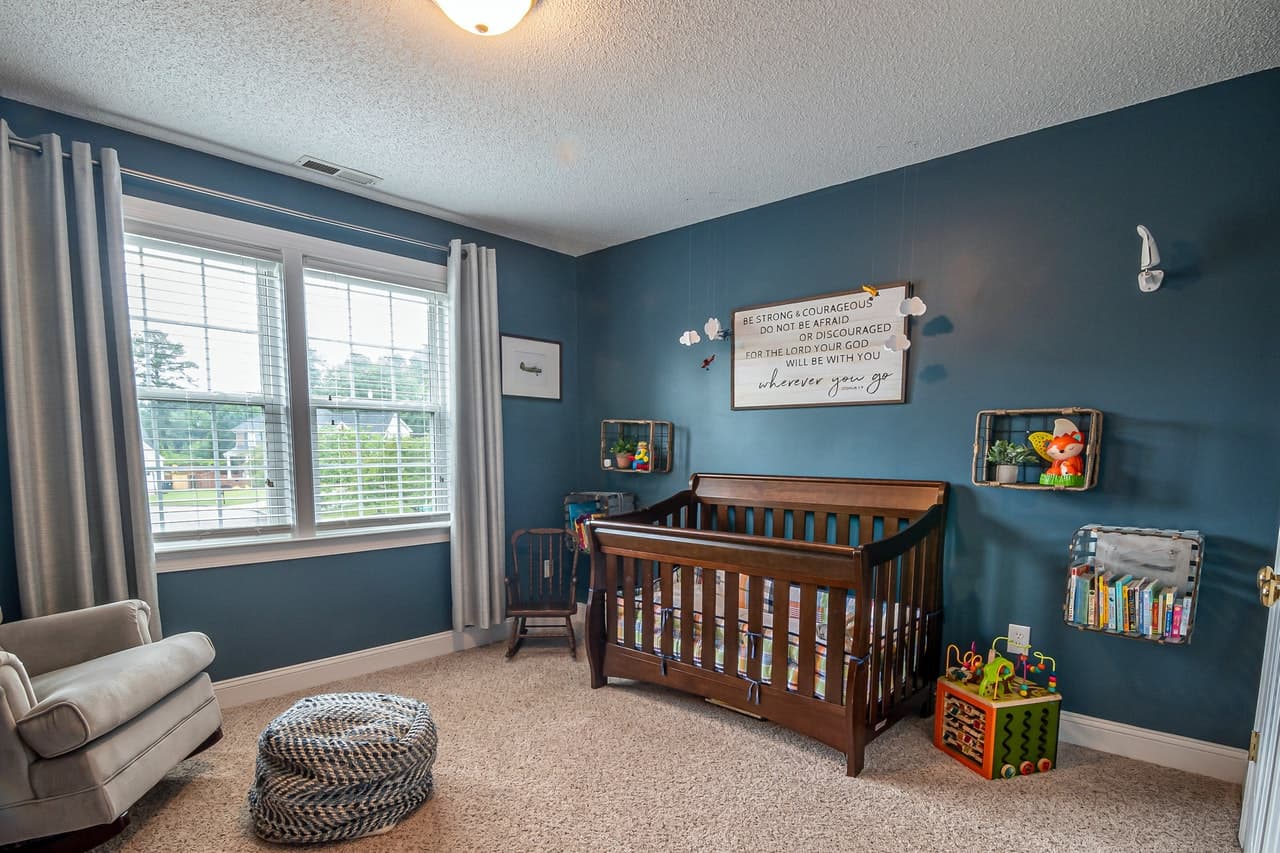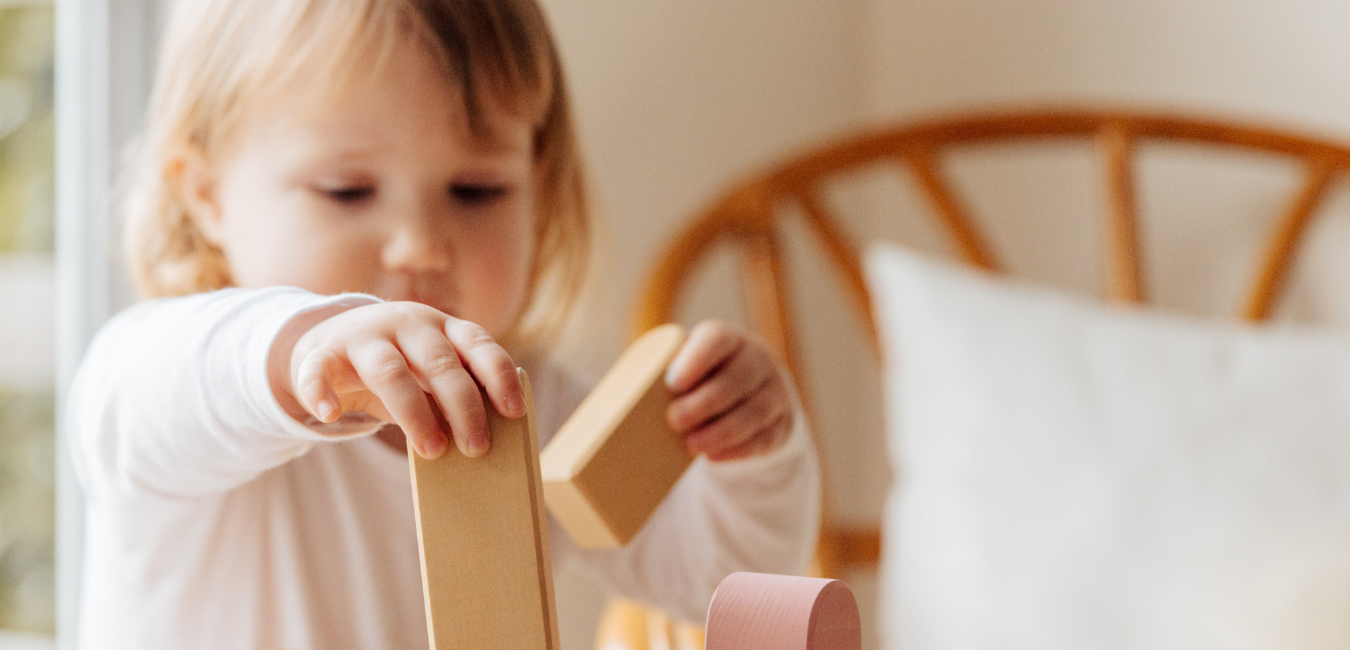TIPS FOR CHOOSING THE RIGHT BEDS FOR YOUR KIDS
When we think of raising kids the right way, we think of nutrition, good schools, educational toys, and exercises. Unlike Adults, kids spend more time in bed than elsewhere. Ensuring that kids sleep and play on the right beds is extremely important. Sleeping on the wrong bed can cause poor posture, back pain, sore muscles, and sleep deprivation. How is a kid supposed to function well if they experience any of these? If care is not taken, sleeping on the wrong bed can lead to a complex situation that may require surgery in the future.
Here are tips for choosing the right bed for your beautiful kids
Consider age
As you might know, there are different kinds of beds for kids. It is foolhardy to buy the same bed for a one-year-old kid and an eleven-year-old kid. One does not need a PhD in carpentry to have a glimpse of what category of children a bed is designed for.
- Infants and young children: For infants and very young children, you should get an infant bed. Infant beds are designed like a cage to prevent infants and young children from rolling over while they sleep. They are also useful for standing and taking small baby steps while holding the protective frame.
- Toddlers: Kids close to the age of two should be moved to toddler beds. Like infant beds, toddler beds are specially designed with low side rails to prevent your toddlers from accidentally falling or moving out of bed. To facilitate easy exit and entry, toddler beds are usually low to the ground. It is worthy of note that you need not break the bank to get a different mattress for your toddler’s bed. Mattresses in infant beds are usually the same size as a toddler bed; you may just decide to change the mattress.
Most parents introduce their kids to toys once they are close to two. Toddler beds are essentially designed to accommodate toys and stuffed animals. With the risk of falling almost eliminated, toddler beds allow kids to exercise their growing bones while playing with their toys.
Once your kids reach between the ages of five and seven years, they should be moved to an ordinary bed.
Choose Eco-friendly materials
There is no better legacy than leaving a healthy environment for generations yet unborn. Scientists have consistently warned against the dangers of global warming and climate change if not nipped in the bud. You need not hit the street to protest for environmentally sustainable production processes to have your voice heard. Buying beds produced with eco-friendly materials shows you have a genuine concern for your kids and mother earth.
Eco-friendliness suggests that the bed, for example, is not painted with harmful substances. Instances abound where kids chew on beds leading to allergic reactions and grievous health complications. You must exercise due diligence and choose beds from eco-friendly stores.
Granted that it may be tempting to cut costs and go for cheap products with toxin chemicals, safety should be your number one priority.
Safety first
As previously stated, safety should be your priority when dealing with kids, as they are particularly vulnerable. Whether you are buying kid’s beds from an online store or a brick and mortar store, ask questions regarding the safety of what you are buying. Ensure you read reviews, check paints, finishes, and frame designs. You should avoid beds with sharp joints. Beds with sharp joints may injure your kid when he hits the joints.
Take safety to the next level by getting a floor bed in your kid’s room. This will prevent them from getting hurt when they slip or fall while playing.
The bed should fit the room
One of the significant factors to consider before choosing the right bed is the overall size of your kid’s bedroom. A good bed should fit perfectly in the kid’s bedroom. There should be no room for clumsiness and untidiness. How best can you train your kids to be tidy than by making sure their rooms are the epitome of tidiness. Remember that kids are always watching and following our steps.
A good bed should not curtail free movement and must occupy the room perfectly to make cleaning easy.
Comfort should never be compromised
Even if your desired bed ticks all the right boxes except comfortability, it is best you discard it. Sleeping on uncomfortable beds harms the child’s development. It is scientifically proven that uncomfortable beds may cause back pain, bad posture, and sleep depravity. The question begging for answers remains how parents can know comfortable beds to buy? How will your kids function well in school when their sleep cycle is interrupted?
- Consider materials: You should consider beds with particleboard, hollow panel, and plywood. Apart from durability, beds made with these materials are usually comfy.
- Buy From trusted stores: Buying from stores with a track record of selling comfortable beds will save you a lot of stress. You should discuss your needs before placing an order.
- Let them choose: To clear all doubt, you may allow your kid to make the decision. Let them sleep on the bed and ascertain its comfortability before paying.
- Read reviews: learning from others’ bitter or sweet experiences will also save you from a whole lot of stress. Ensure you patronise stores that allow customers to leave a review of their shopping experience.
Experts suggest that parents with infants and small children should settle for beddings with cosy, natural materials. Parents of toddlers are advised to go for beddings made from cotton, linen, bamboo, and wool. Going for bedding materials made from these components is routing for eco-friendliness, durability and most importantly comfortability.
CONCLUSION
The vulnerability of infants, small children and toddlers require parents to make vital decisions. It is highly wrong to believe decisions on beds are not important. Beds have a considerable role to play in the health and development of a child. Parents must consider comfortability, age, bedroom fitting and safety before choosing the right bed.



